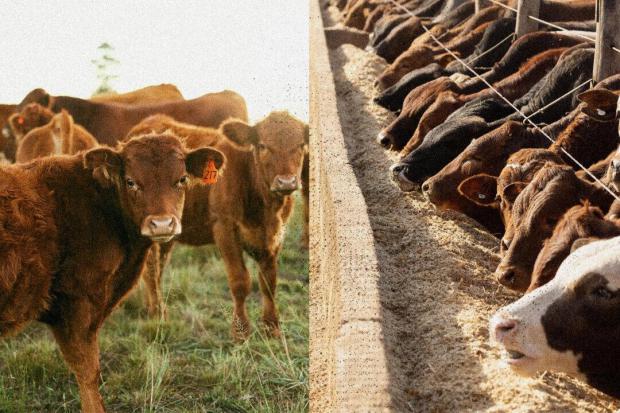
Breaking News
 Interview 1991 - The Origins of the Philosophy of Liberty with Ken Schoolland
Interview 1991 - The Origins of the Philosophy of Liberty with Ken Schoolland
 Silversqueeze: How We Got Here, Where We're Going
Silversqueeze: How We Got Here, Where We're Going
 I asked Grok for Its Opinion on "Grok vs ChatGPT, Which Is Better?"
I asked Grok for Its Opinion on "Grok vs ChatGPT, Which Is Better?"
 You'll own NOTHING and be happy?
You'll own NOTHING and be happy?
Top Tech News
 Build a Greenhouse HEATER that Lasts 10-15 DAYS!
Build a Greenhouse HEATER that Lasts 10-15 DAYS!
 Look at the genius idea he came up with using this tank that nobody wanted
Look at the genius idea he came up with using this tank that nobody wanted
 Latest Comet 3I Atlas Anomolies Like the Impossible 600,000 Mile Long Sunward Tail
Latest Comet 3I Atlas Anomolies Like the Impossible 600,000 Mile Long Sunward Tail
 Tesla Just Opened Its Biggest Supercharger Station Ever--And It's Powered By Solar And Batteries
Tesla Just Opened Its Biggest Supercharger Station Ever--And It's Powered By Solar And Batteries
 Your body already knows how to regrow limbs. We just haven't figured out how to turn it on yet.
Your body already knows how to regrow limbs. We just haven't figured out how to turn it on yet.
 We've wiretapped the gut-brain hotline to decode signals driving disease
We've wiretapped the gut-brain hotline to decode signals driving disease
 3D-printable concrete alternative hardens in three days, not four weeks
3D-printable concrete alternative hardens in three days, not four weeks
 Could satellite-beaming planes and airships make SpaceX's Starlink obsolete?
Could satellite-beaming planes and airships make SpaceX's Starlink obsolete?
Grain-Fed Vs. Grass-Fed Beef: What's the Difference?

How cattle are fed and raised affects their meat's flavor, texture, and nutritional value—while also impacting the environment and the costs for both farmers and consumers. Understanding what goes into the beef we eat is key to making more informed choices.
Let's explore the differences and see which option might be best for you, the planet, and the animals.
Early Life
Raising cattle is a complex process, and they go through different stages before they reach our plates.
Cattle destined to become either grain- or grass-fed start their lives in a similar way. As calves, they nurse from their mothers and roam freely, grazing on grass and other plants or forage. However, once they are weaned, their paths diverge, and their lives are very different.
Grain Fed Cattle
After the initial stage, when animals are usually between 6 and 8 months old, conventionally raised cattle may be moved to backgrounder farms and ranches before they arrive at a feedlot for finishing at about 14 to 22 months.
Allison Kosto, a Broadwater County Extension Agent at Montana State University Extension, said that after calves are weaned, they have a couple of potential destinations.
Around 60 percent of calves are backgrounded—a phase designed to increase their weight before finishing. The remaining calves go to a feedlot for finishing directly after weaning, she told The Epoch Times in an email.
Feedlots are where cattle are finished—or fattened up—on a grain-based diet that usually contains corn and soy. This diet brings the animals to their target weight more quickly, preparing them for slaughter sooner.
"About 95% of cattle in the United States are finished this way," Kosto said. "The reason behind this practice is that as cattle become older, they become less efficient, making it more difficult for them to convert feed to muscle or meat," she said.

 First totally synthetic human brain model has been realized
First totally synthetic human brain model has been realized Mach-23 potato gun to shoot satellites into space
Mach-23 potato gun to shoot satellites into space

